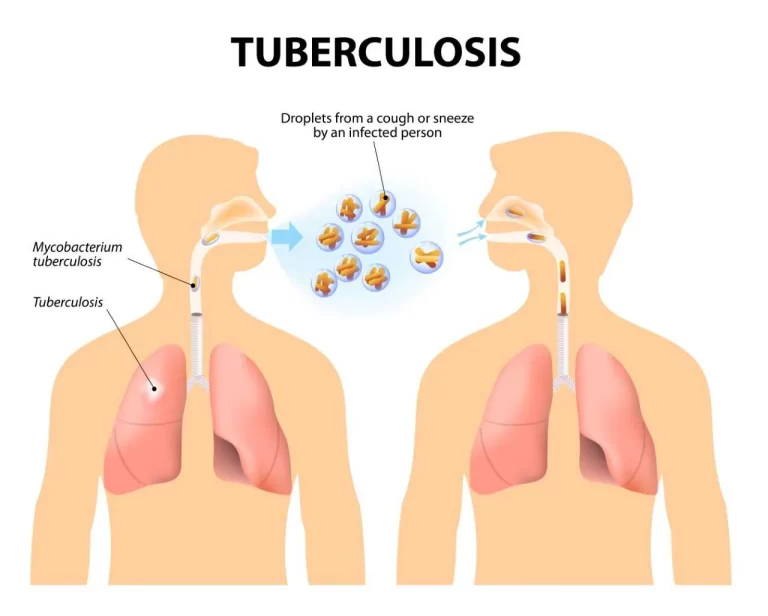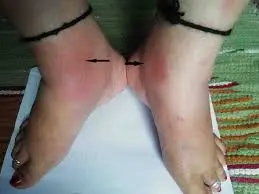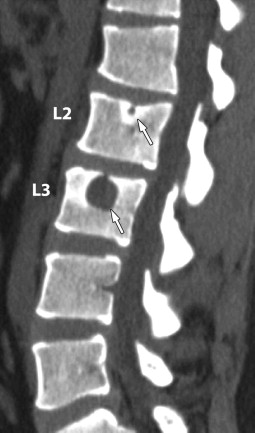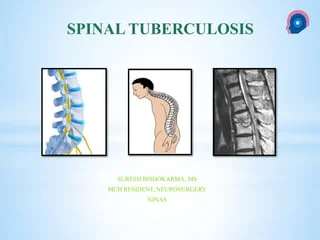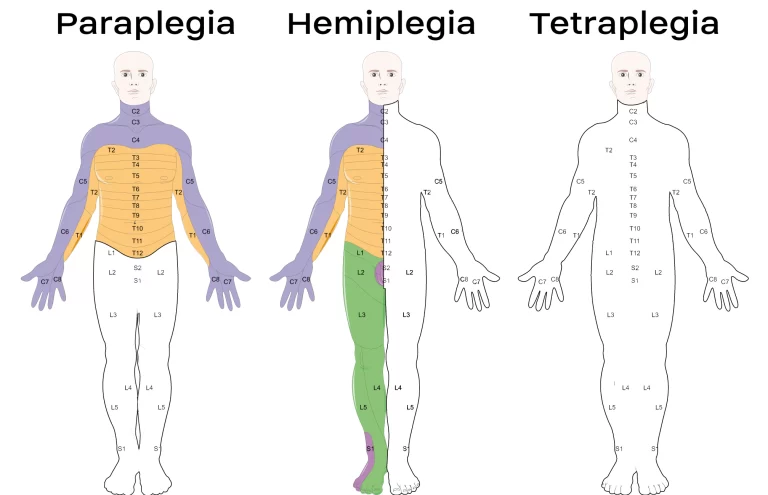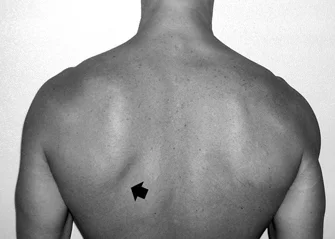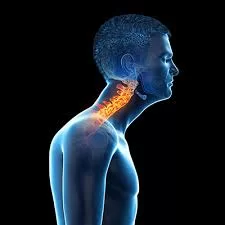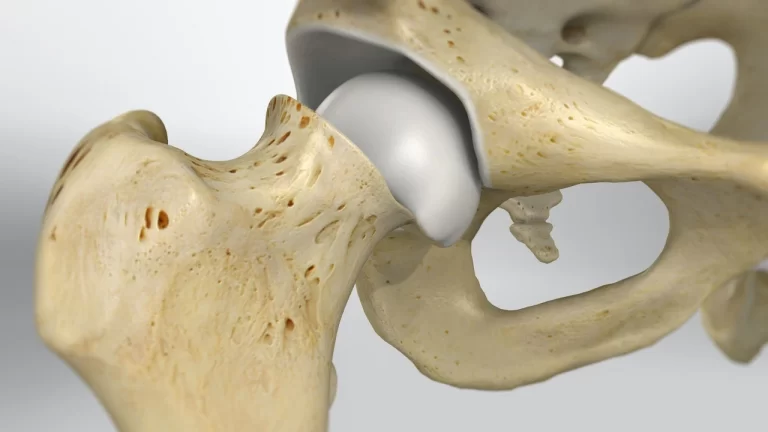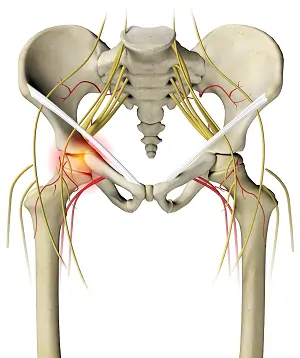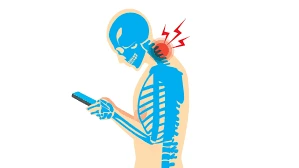Tuberculosis
What is Tuberculosis? The three stages of TB (Tuberculosis) are: How common is tuberculosis? Are there different kinds of tuberculosis? What causes tuberculosis? How is tuberculosis spread? What are the signs and symptoms of tuberculosis? Those with active TB (tuberculosis) can show any of the following symptoms: Symptoms suggestive of TB (tuberculosis) involve: Extra-pulmonary TB…

